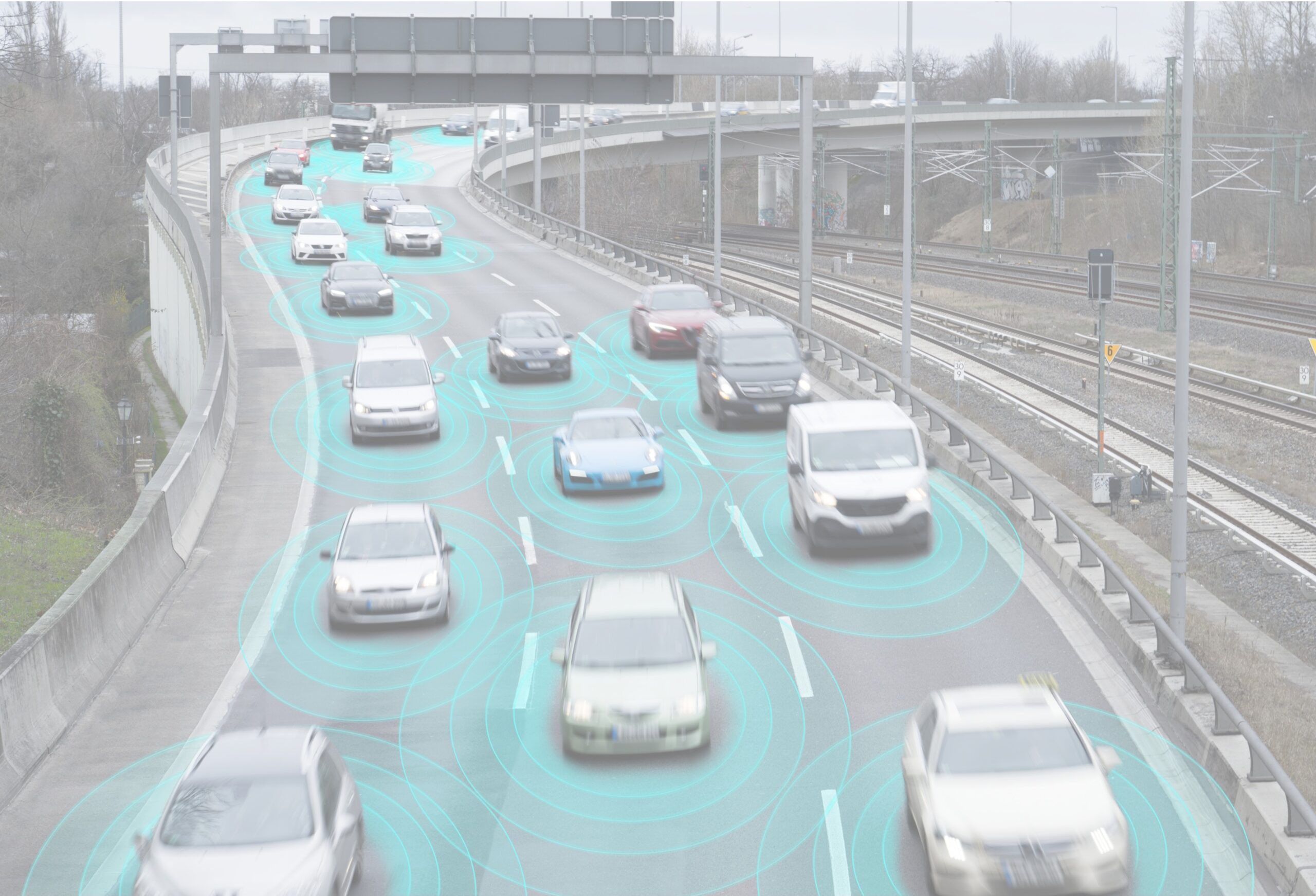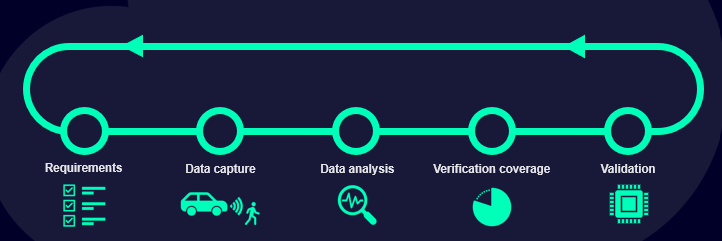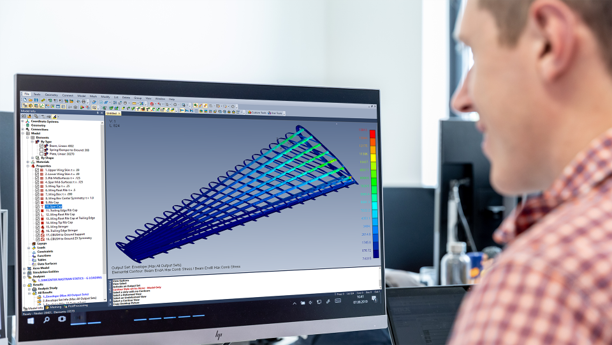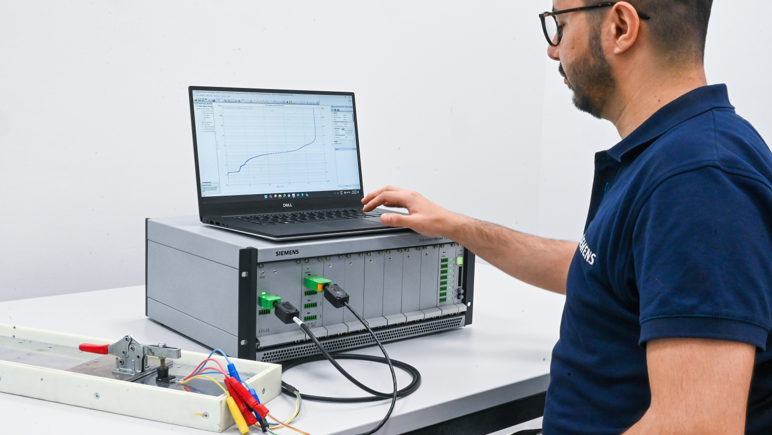As automated driving systems (ADAS and AV) move from prototypes to real-world deployment, the biggest asset — and the biggest challenge — is data. Fleets generate terabytes (even petabytes) of sensor, perception and vehicle-state data. Extracting the few percent that matter for safety, validation and regulatory compliance is costly and slow. The Simcenter Autonomy Data Analysis solution was designed to change that: it turns massive, messy recordings into scenario‑centric insights that accelerate verification, reduce storage and support safety arguments.

Why current practices fall short
- Explosion of complexity: vehicles are increasingly personalized, connected and software-driven. Traditional development and V&V processes can’t keep pace.
- Data overload: autonomous vehicles can produce terabytes per hour; data engineers spend the majority of their time searching for relevant segments.
- Traceability and standards: regulators and industry standards (e.g., UN‑R157, ISO 26262, SOTIF) require structured, auditable evidence — not ad hoc data grabs.
- Cost and time pressure: slow scenario discovery and manual analysis increase time-to-market and risk.

What scenario-based testing delivers
Scenario-based testing reframes validation around meaningful driving situations: sequences of scenes involving the subject vehicle(s) and their dynamic interactions. Using a scenario-centered approach enables:
- Targeted validation against defined safety scenarios (cut-ins, overtakes, tailgating, approaching braking vehicles, oncoming traffic, lane changes, turns, etc.).
- Traceable assessment aligned with regulations, standards and internal requirements.
- Efficient prioritization of data collection, storage and engineering effort.
How the Autonomy Data Analysis solution works
- Smart capture and preprocessing: integrated with smart recorders (e.g., Simcenter SCAPTOR) to capture and preprocess data streams, keeping what’s useful.
- Scenario mining and extraction: scans processed and perceived data to extract logical and concrete scenarios automatically, based on configurable rules and KPI thresholds.
- Parameterization and KPI evaluation: extracts scenario parameters (time-to-collision, lateral/longitudinal positions, TTC minima, initial/final states, object classification and tracks) and evaluates them against customizable KPIs.
- Classification of outcomes: flags scenarios as compliant, non‑compliant or needing improvement; supports variations, resimulations, bug fixes and release tracking.
- Synthetic and large-scale simulation: orchestrates massive simulation runs (with HEEDS) and traffic co-simulation (Vissim, SUMO, Aimsun) to expand coverage and reproduce edge cases.
- Scalable processing: benchmark cases (e.g., 24 hours, 1500 km) process thousands of scenarios in minutes on cluster nodes, enabling rapid iteration.

Key capabilities and benefits
- Fast scenario discovery: dramatically reduce time spent finding the 20% of data that matters.
- Standards-aware analysis: support safety argumentation by analyzing data in the context of regulations and recognized standards.
- Customizable KPIs and thresholds: adapt scenario definitions and pass/fail criteria to project or regulatory needs.
- Storage and cost optimization: identify and retain only relevant recordings; reduce long-term storage costs.
- End-to-end V&V support: integrates with a wider Simcenter Autonomy portfolio (requirements, digital twins, MIL/SIL/DIL/HIL, scenario databases) to provide traceable verification coverage.
- Engineering productivity: frees data engineers and algorithm teams to focus on fixes, retraining and validation rather than data wrangling.
Typical workflow
- Capture: Smart recording in the vehicle; preprocess and upload.
- Mining: Automated detection of logical scenarios and concrete instantiation.
- Evaluation: Parameter extraction, KPI evaluation and compliance tagging.
- Action: Prioritize non‑compliant scenarios for resimulation, algorithm retraining or vehicle testing.
- Iterate: Use synthetic scenarios and simulation orchestration to increase coverage and validate fixes.
Real-world scale and outcomes
A representative benchmark (multiple campaigns, 24 hours, ~1500 km) processed on a modest cluster produced over 1,200 scenarios in about six minutes and surfaced multiple non‑compliant cases — demonstrating how fast, automated analysis unlocks meaningful insights from large recordings.

How to adopt and next steps
The Autonomy Data Analysis solution is part of a broader Simcenter Autonomy portfolio that guides teams through verification and validation toward certified, traceable outcomes. Organizations can tailor the solution (capture, digital twins, perception adaptation, scenario databases and engineering services) to their workflows, try trial environments, and work with local teams for onboarding and scaling.
Conclusion
Delivering trustworthy ADAS and AV functionalities starts with turning raw driving data into structured, standards-aligned evidence. By automating scenario mining, KPI extraction and compliance analysis — and by integrating simulation to close gaps — the Autonomy Data Analysis solution helps teams validate faster, reduce costs and build stronger safety arguments. If you’re managing large-scale driving data and need to accelerate V&V while meeting regulatory expectations, this is where to start.










